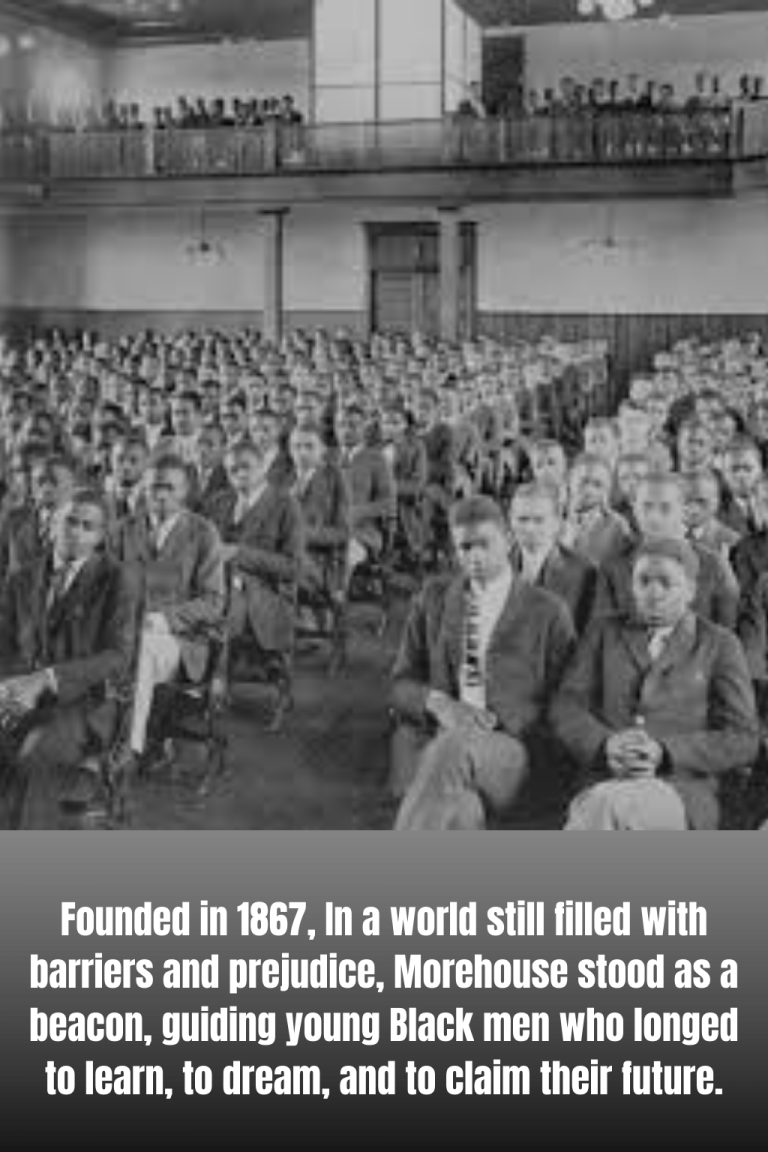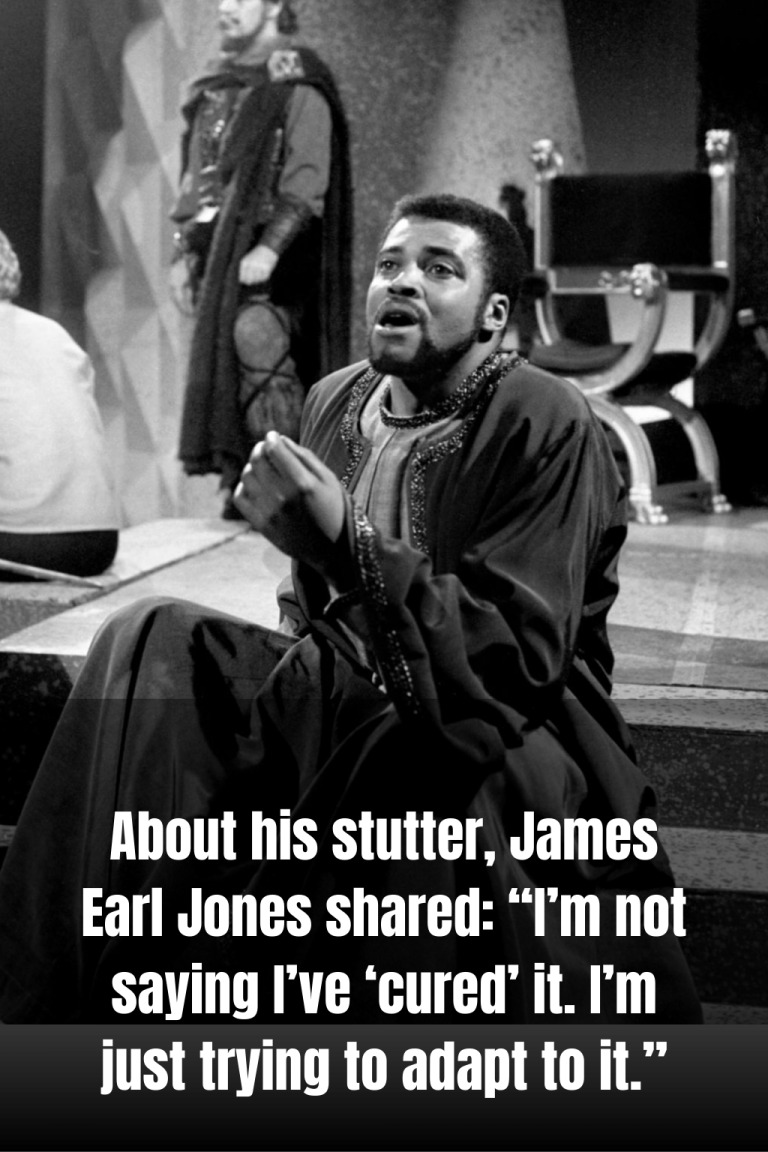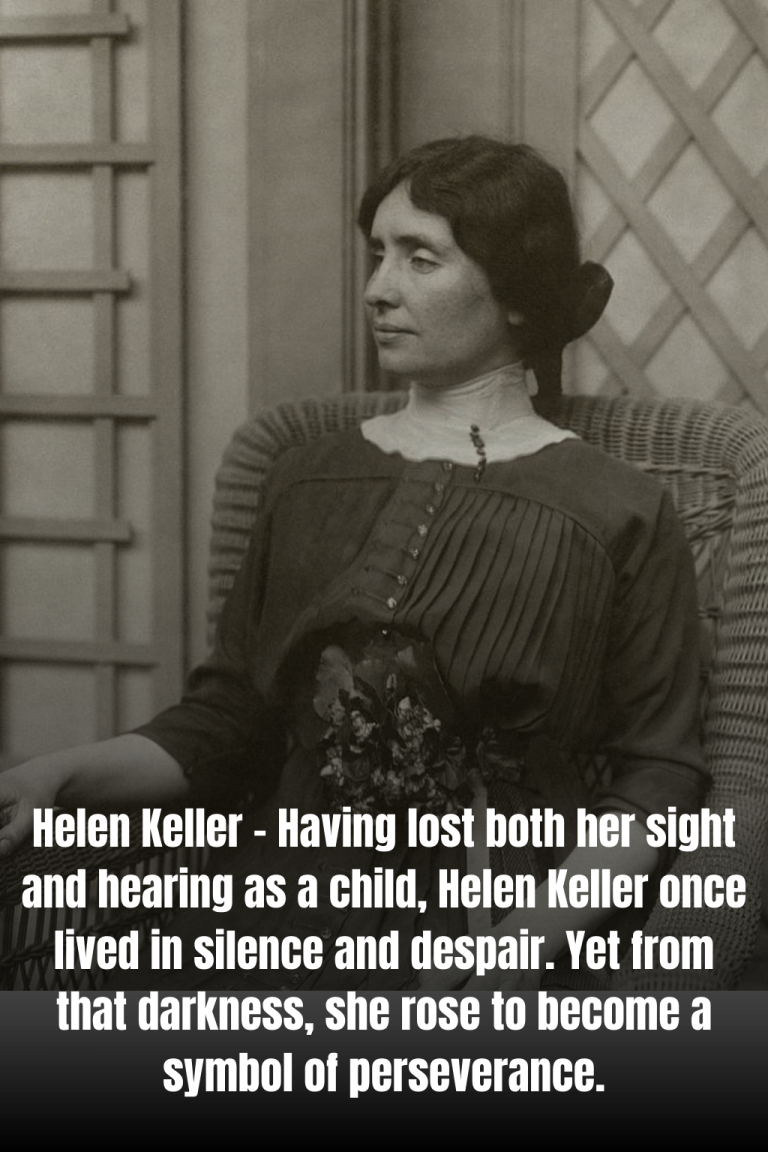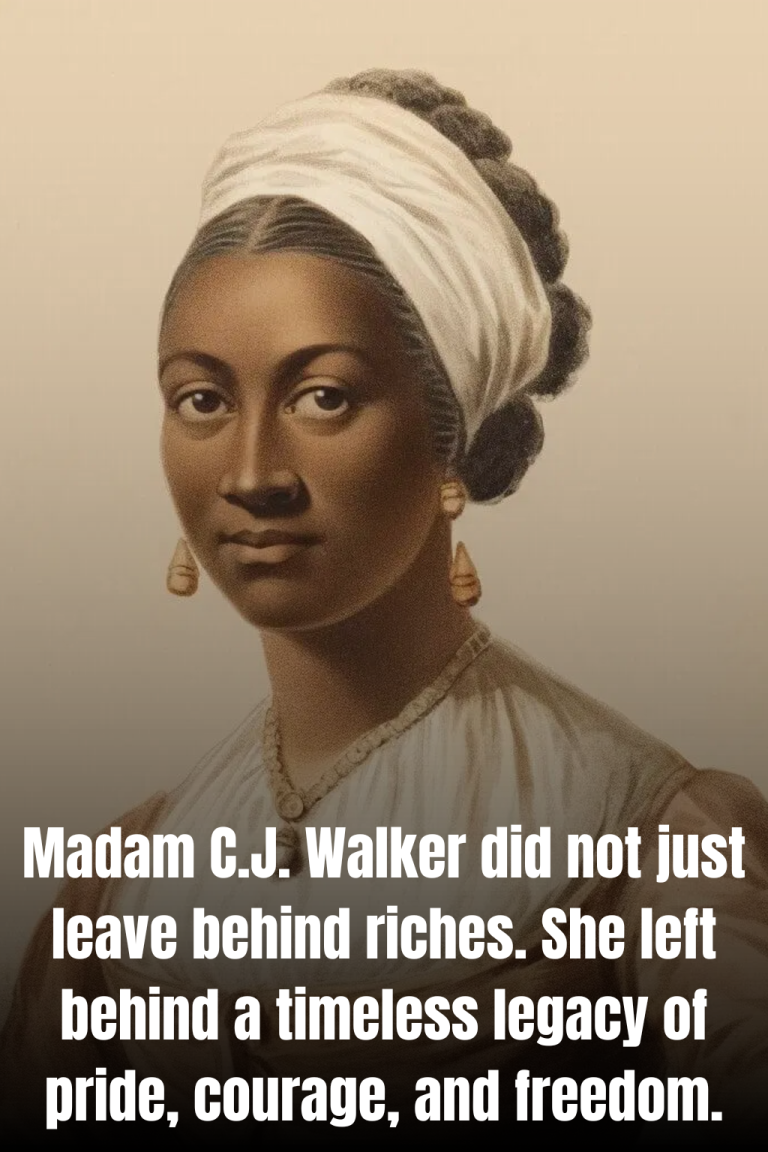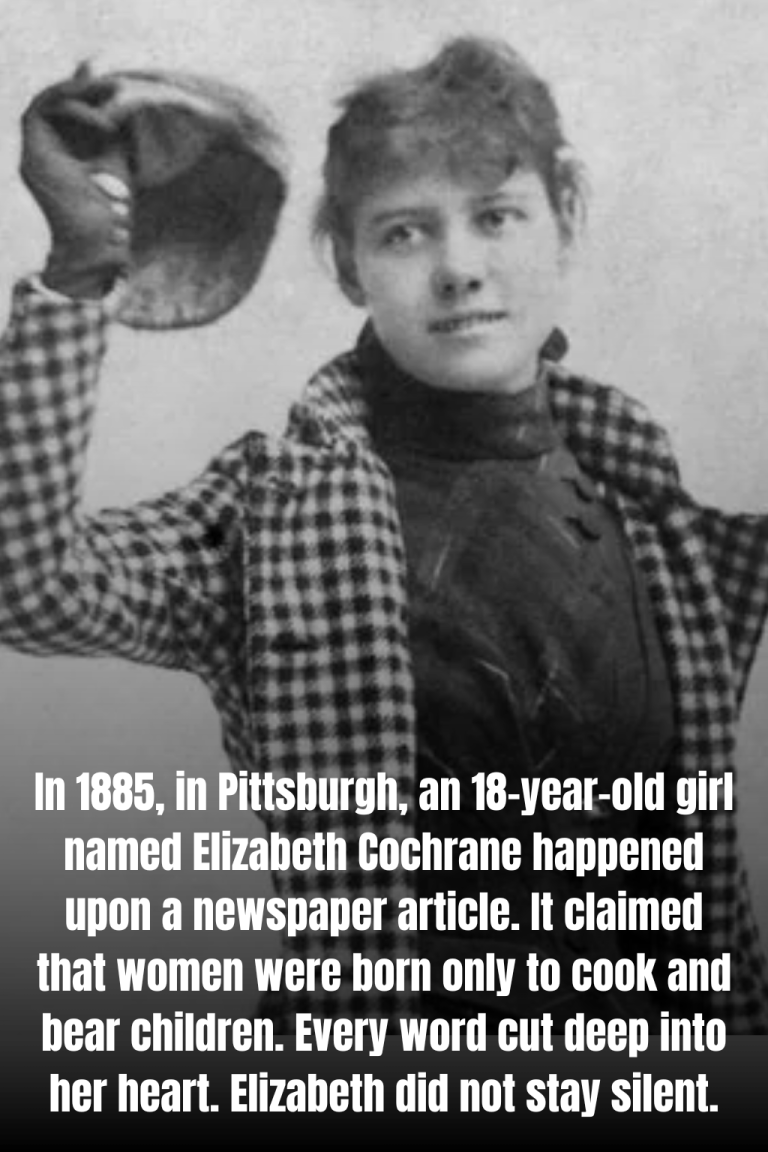The Grief of Losing Her Husband – Marie Curie’s Journey to Rise Again
In 1906, tragedy struck suddenly on a rain-slicked Paris street: Pierre Curie, Marie’s beloved husband, soulmate, and scientific partner, was killed beneath the wheels of a horse-drawn carriage. In an instant, the brightest light of her life was extinguished. Marie fell into the abyss of grief — a void so cold and endless that many believed she would never recover.
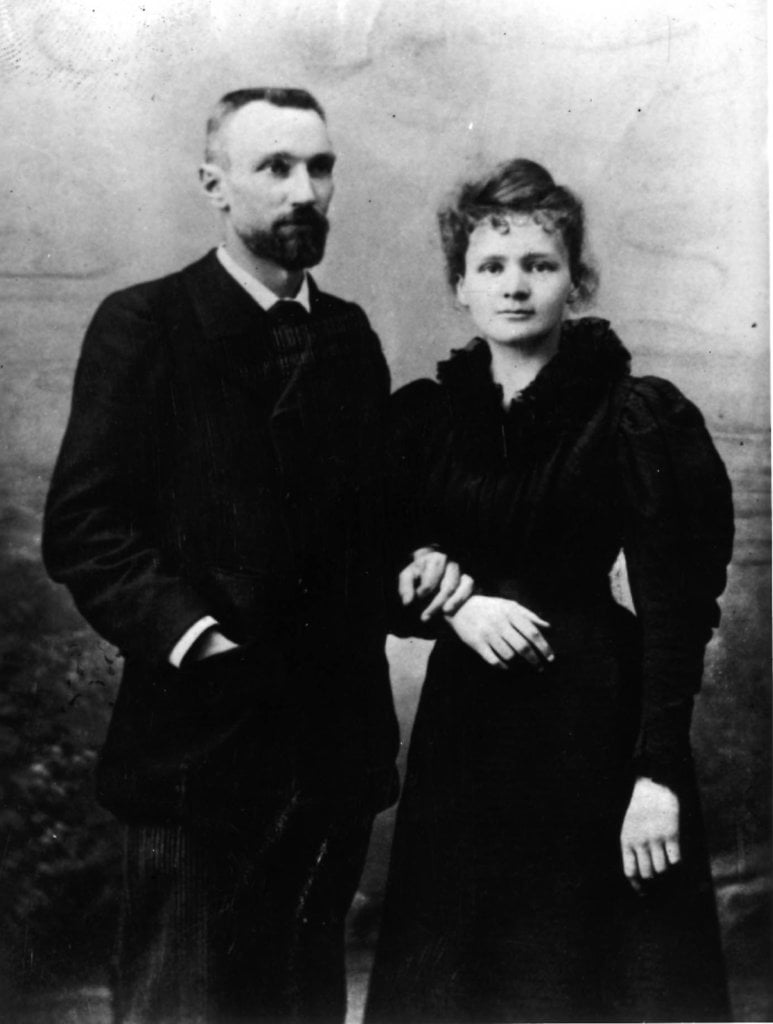
Through long nights, she sat alone in the dark, replaying the moments they had shared in the laboratory — every experiment, every glance of understanding that only true kindred spirits could share. The sorrow gnawed at her, but within her wounded heart still burned a small flame: the scientific legacy she and Pierre had built together.

Marie made a choice. She returned to the laboratory, where Pierre’s laughter and voice once filled the air. Surrounded by test tubes, glass flasks, and heaps of radioactive ore, she worked tirelessly, almost forgetting the passing of days. Her grief did not vanish, but it slowly transformed into strength — into a silent vow: Pierre might be gone, but their work would endure.

From that chasm of loss, Marie Curie rose to heights the world had never witnessed: becoming the first woman to win a Nobel Prize, and the only person to this day honored in two different fields — Physics and Chemistry. She did not merely continue Pierre’s story; she carved her own name into the history of humanity, with both her science and her unyielding resilience in the face of sorrow.
